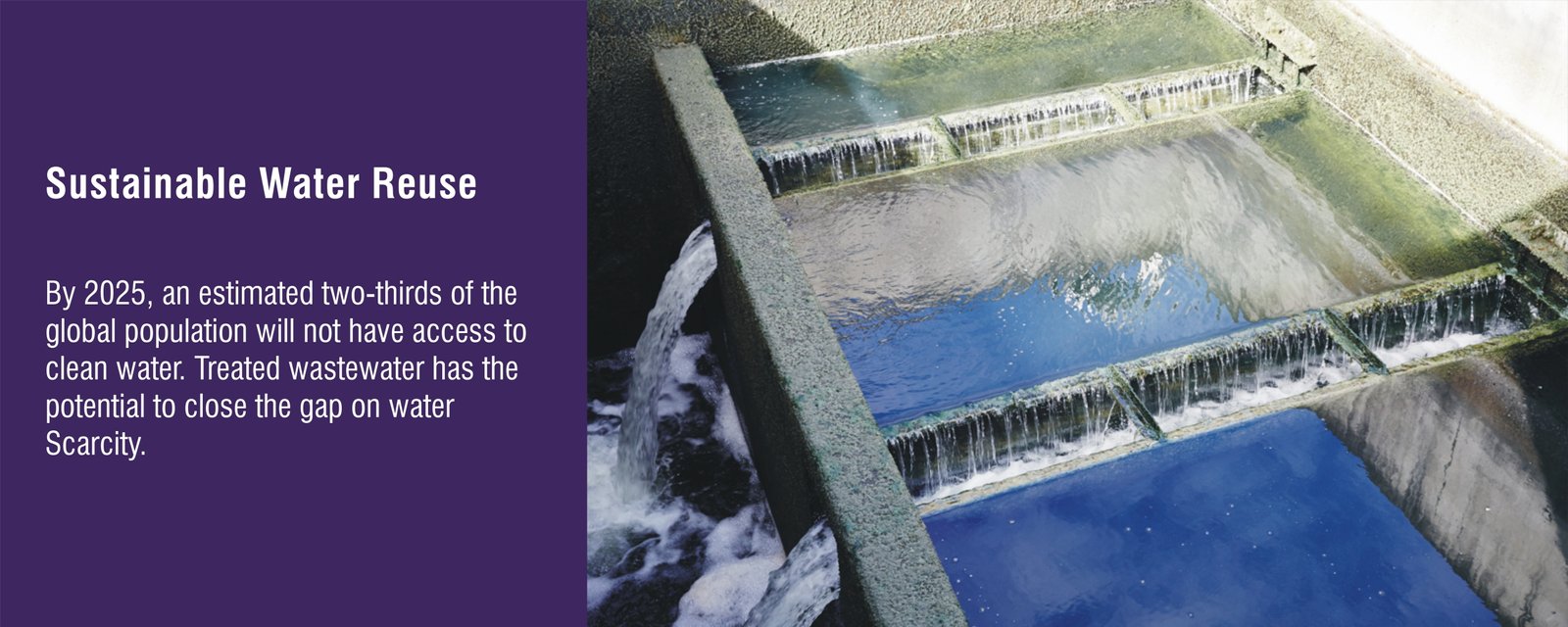Creating Sustainability Through Water Reuse

Delivering Operational Calm with Dagussa Integrated Solutions for Refining
Refiners know that the ability to make quick, data-driven decisions is the key to ensuring operational calm, reliability, profitability and confidence … but this isn’t always easy to achieve. At Dagussa, we’re helping customers safely push the operating envelope by being able to monitor plant performance, uncover risks and opportunities and predict outcomes – all with the goal of optimizing refinery operations.
Water reuse is no longer a choice. It’s a necessity.
Water availability and quality is a limiting factor for industrial and community growth, and the need to do more with less is intensifying. Industries and cities alike demand technology to meet their daily challenges, which include improving productivity, reliability and efficiency, while reducing total cost. These challenges and more underscore the need for technological innovation to transform the way we treat, distribute and reuse water.
- Turn wastewater treatment into resource recovery potential and claim valuable byproducts in the form of water reuse, nutrient removal and energy generation
- Meet global water and energy demands with a more sustainable water supply
- Treat wastewater to a quality suitable for non-potable applications, including agricultural needs, groundwater recharge, industrial process
Advanced solutions for potable recycling must address the removal of:
- Organics
- Particulates
- Nutrients – N&P
- Pathogens
- Trace Chemicals
Dissolved Salts Dagussa building blocks allow for a complete solution that addresses the various challenges that each unique project brings. Combining the different building block options creates a tailored flowsheet that best fits the application. These schemes can incorporate conventional full advanced treatment and emerging alternative flowsheets.
Technology Building Blocks
- Ultrafiltration – barrier to particulates, nutrients – P, pathogens
- Membrane Bioractor – barrier to organics, particulates, nutrients – N&P, pathogens
- Reverse Osmosis and Nanofiltration – barrier to particulates, nutrients – N&P, pathogens, trace chemicals, dissolved salts
- Ozone and UV – barrier to pathogens, trace chemicals
- Ozone and biofiltration – barrier to trace chemicals, pathogens
- EDR – barrier to nutrients – N&P, dissolved salts
- Advanced Organics Monitoring – monitoring & control of potable reuse multiple barrier treatment schemes.
Rapid ecological and economic transformation has put water supply and quality at the forefront of public priorities across the U.S. and around the world. Global leaders are actively trying to understand how they can provide for a secure water future in the face of growing populations, weather and climate changes, and financial barriers.
Water reuse is gaining momentum as a key to immediately and effectively addressing water scarcity. But how do we implement smart water reuse programs that are both environmentally and economically sound?
On February 27, 2019, Dagussa in conjunction with Wharton IGEL, held workshop titled, “The Resource Revolution of Water Reuse,” which brought together senior leaders from communities, industry, government, universities and NGOs to discuss how to implement water reuse programs that will help build a more sustainable water future.
On September 23, 2019, Dagussa release of “The End of Wasted Water,” a new white paper written in conjunction with researchers from the University of Pennsylvania’s Wharton School of Business. The paper highlights new developments in the push for broader adoption of water recycling technology.
